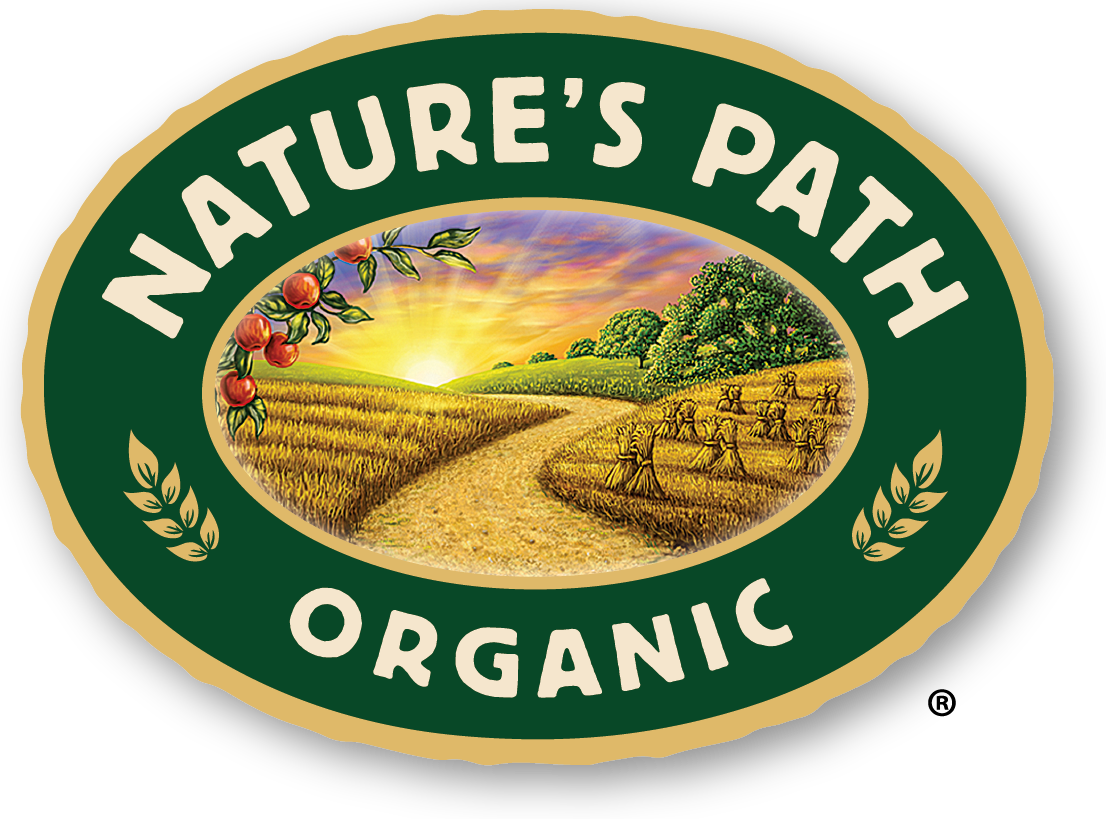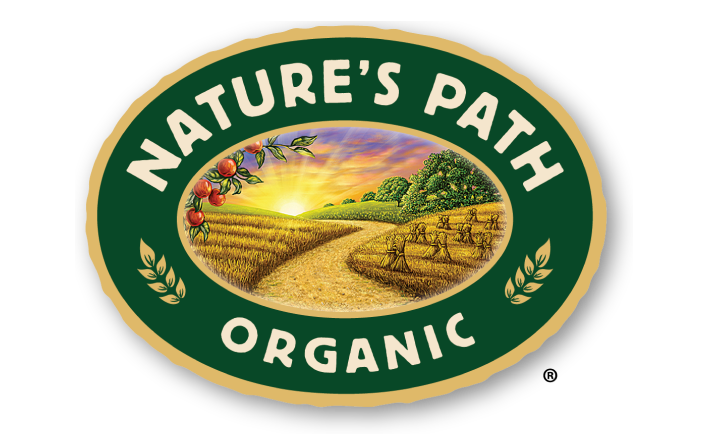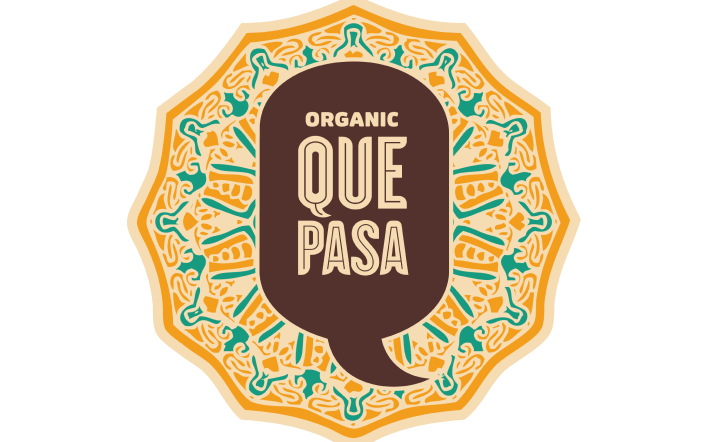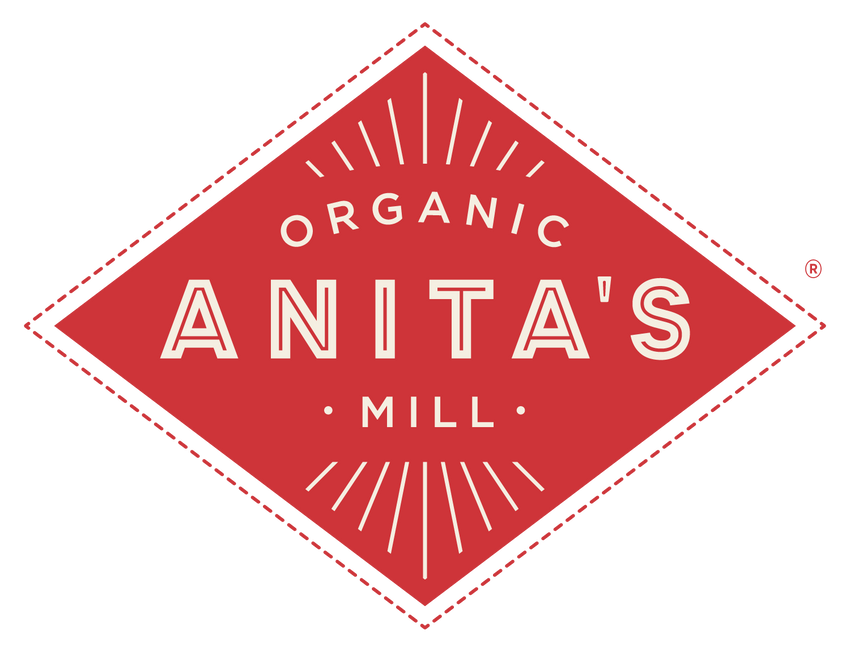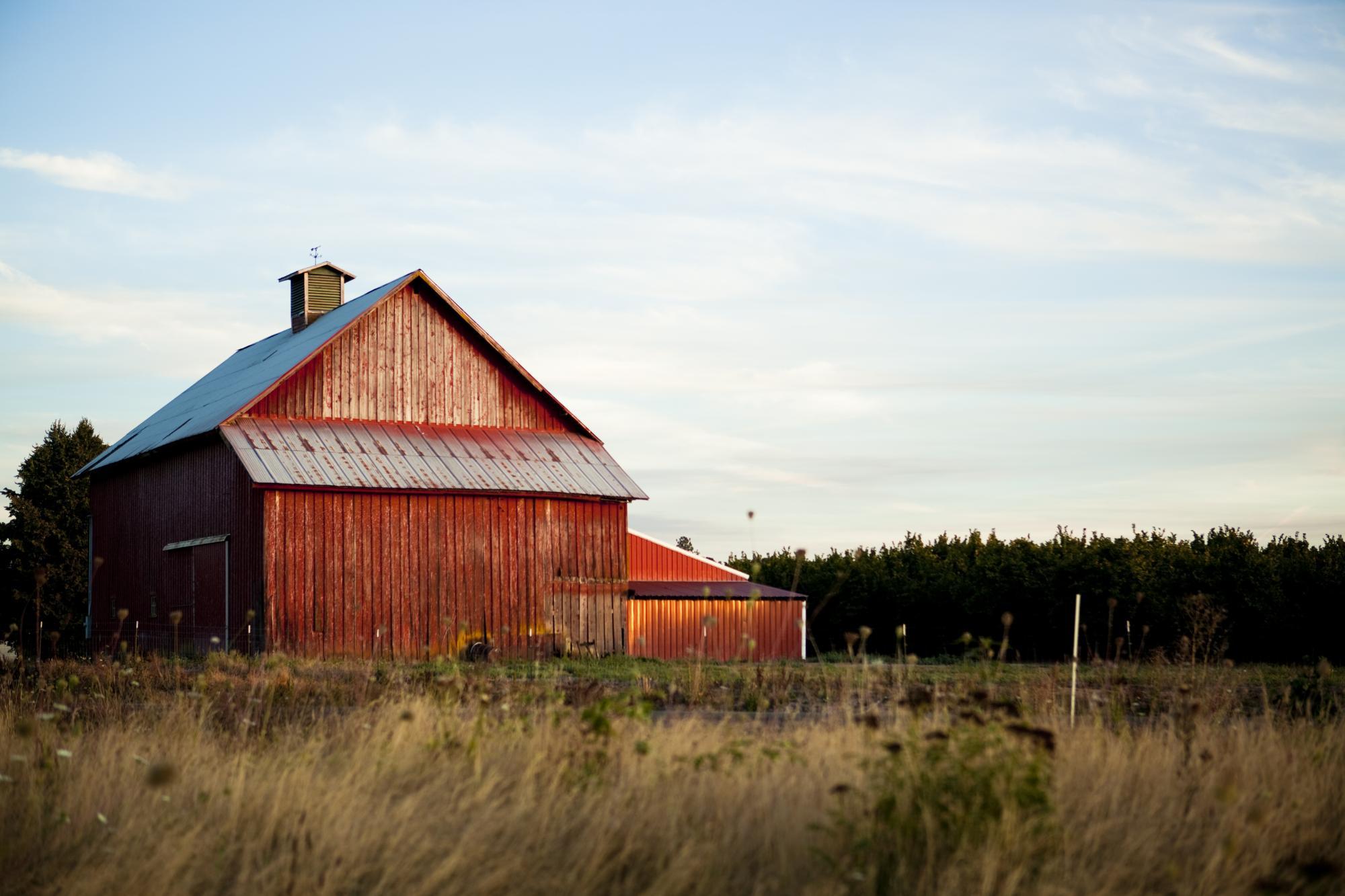
Sawdust is my Slave
My father, Rupert Stephens (1896-1976) originally wrote this article entitled "Sawdust is My Slave." It was first published in The B.C. Farmer in the Spring of 1951 and created such a wide interest, resulting in a sell-out of that issue. The B.C. Farmer included the article again in a later issue; it was also reprinted in a leading Ukrainian journal in Winnipeg.
On my Vancouver Island Berry Farm sawdust is the Slave, which used as a mulch, emancipates me from hundreds of arduous hours of work every year. Also, protected by the golden carpet of sawdust that covers most of my fields, are many millions of wriggling earthworms that work for me the year round, enjoying an earthworm paradise, shielded from extremes of burning heat, drought and frost. More about the earthworm’s work later.
Every year I see my fellow fruit and vegetable farmers leaning more and more heavily on bigger and better machines in order to combat the cost and scarcity of dependable farm labour. From my sawdust viewpoint, these farmers are using expensive machines, gas and oil to rip up and destroy fiber and humus, the very life blood of their soil. Faulkner in Plowman’s Folly urged farmers to throw away their plows. After 13 years with sawdust I would say throw away all your implements especially Faulkner’s pet, the Disc harrow. Please bear in mind I am only referring to one type of farming and gardening - fruit, vegetables and flower culture, on a large or small scale. Home gardeners on the Coast are having wonderful results with Sawdust Mulch, and there are plenty of piles of sawdust scattered all through Canada and the U.S. crying out to be used.
Modern super-cultivation causes casualties in astronomical figures to the unseen inhabitants of the soil. I am referring to the numerous beneficial types of soil bacteria and fungus that are absolutely necessary for healthy plant growth, and for the health of the people or animals that eat it. It is true that as a novelty or emergency measure, plants can be grown in pure sterile sand or water to which has been added a chemical solution. Let the other fellow eat the produce grown in this matter - not my family, or the customers that buy my produce - but, back to sawdust.
In order to explain how I gradually got to the point when my only machines are a couple of stream-lined wheelbarrows and an old truck, I shall have to give you a short history of my farming operation for the last two decades or so. From 1926 I operated an 89 acre berry, vegetable farm in a beautiful valley near Duncan on Vancouver Island, "Mountain Valley Farm". I had rather indifferent success, to put it mildly. Prices were desperately low and I followed the conventional methods, plowing every spring and fall. When in my teens I received a swift kick in the right place, and was told the dust mulch must be preserved, come what might! So I ripped through my berry rows faithfully all summer long and the Dust Mulch was maintained! In self defense, I will say that seeing my cultivator breaking off and pulling out the best of the fibrous feeding roots as I traveled the straight and narrow path between my berries, did worry me a bit, but still - that kick had been swift and sure! Here we come to the beginning of the path that eventually led me to the use of sawdust. The start of the sawdust trail was rocky! I inherited the family farm, my heritage was beautiful but stony. How stony? Well, if I had a dollar bill for every rock I picked off those fields since childhood, I would be on the right side of the dawn line…
Along about ‘36 I got rather tired of looking at the rocks that the cultivator kept throwing up on top of the ground, accompanied by berry roots, earthworms, etc., so I decided to try covering some of them up with a mulch. I started with my raspberry patch. The first mulch I used was marsh hay, and straw. Oh how nice those berry rows looked, down for the winter. No rocks, no dust, no mud. They looked fine until the spring when the grass seeds in the hay and the grain that had escaped the thresher started to germinate. By May the rows were waist-high with a luxurious growth of grass and grain (weeds to a berry farmer). I was forced to hire a small army of girls to pull these weeds by hand, for I was determined not to disturb the mulch, but even counting the money I had spent in weed pulling, I was ahead of the game: The raspberry crop was terrific, ten tons to the acre were harvested, even after some had been lost through wet weather. From then on I was a confirmed mulcher, but no more straw or hay went on my berry patches.
Next fall for my mulch I hit on bracken fern which could be had for the cutting. We spent most of our winter, in open spells of weather, harvesting bracken. It was an arduous job, but it paid off. By ‘39 every crop on the farm was under a permanent mulch. These crops included Raspberries, Boysenberries, and an acre or so of Orchard. How the strawberry pickers loved to kneel on soft, springy fern - that is until they happened to kneel on an extra large or sharp rock buried under the mulch!
By this time I was using sawdust on a small scale and in very timid manner. Even these small experiments were looked on with horror by neighbors and friends. The unanimous opinion was that sawdust was poison to the soil; also it brought cutworm, wireworm, earwigs, etc. By now I had reached the age when I took a little advice now and then, so I proceeded cautiously. There was a real reason for the universal distrust of sawdust, for plants grown in soil that has sawdust mixed into it, usually look as though they are poisoned, leaves turned yellow and mangy-looking. They are not poisoned really, but starved. Science has discovered by research and experiments, that if sawdust, straw or other woody plant substance comes into intimate contact with the soil, the beneficial bacteria feed on it, increase mightily, finally break the sawdust or other material down to a point where plants can feed on it. Unfortunately this woody diet does not entirely satisfy our little friends, so they consume the more tasty (I hope) and nutritious nitrogen, until there is none of this vital leaf-growing element left in the soil for the crop’s use. This is only a temporary situation, for after the bacteria die, the plants can feed on their nitrogen-packed remains; but all this takes time, and with crop ruined, and the fall payment on the mortgage due, it is better to live in the present.
When sawdust is laid on top of the ground as a mulch, the bacteria are greatly stimulated, with subsequent nitrogen depletion. This can be overcome by an extra dose of nitrogen (as in chicken manure). When sawdust is mixed with the soil, such enormous quantities of nitrogen are needed that the process would be absolutely impractical on a field scale. It also upsets the structure of light soils and lets too much air into them. For an example of nitrogen depletion, I had two beautiful rows of raspberries 6 feet high after being severely topped. These rows were mulched with sawdust and fed lavishly with poultry manure (which is especially high in nitrogen). I had allowed a forest of young canes to grow up between the rows, to sell for nursery stock. When it came to digging time in March I instructed the man who was to harvest them to pull them out instead of digging, which was the usual, method as I did not want to mix too much earth with the sawdust surfaces. I made the fatal mistake of not telling him the reason I wanted them pulled instead of dug. He started pulling them, broke a few off at ground level and being an intelligent Canadian with initiative picked up his shovel and dug the plants out. I discovered my mistake before he had started in the second row. By June, the row that been dug and in which the soil and sawdust were beautifully mixed in intimate contact was actually dying from starvation. The crop was lost, while on the adjoining rows, the berries were almost as large as loganberries.
As I mentioned before, the gathering of bracken was a very large undertaking. We had also branched out into other mulches, pine needles, leaf mold form the woods, maple leaves, even shredded paper. We used many tons of old cardboard to smother out bad weed patches. All these materials gave good results, but with the war coming on, labor was getting too expensive and scarce. Threat of fire was a constant worry, we used to lie awake at night wondering what would happen to Mountain Valley Farm if some careless smoker tossed a smoldering butt into our tinder-dry mulch. Barrels of water and buckets were set up in every field, but if a fire had developed at night we would have been wiped out completely. Sawdust, of course, will burn, but at a very slow rate when laid flat on soil surface, and a sudden flash fire would be almost impossible.
Just as the sight of my stony fields and the wear and tear on hoes and implements needled me into starting to mulch, so did the harassing worry over the hazard of fire in the bracken and other mulches start us off using sawdust in a big way. Costs also influenced me. It was costing up to $200.00 per year, per acre to gather and spread the fern; leaves and pine needles cost even more. Although our crops realized one to two thousand dollars per acre, the price of mulch came too high, as there were plenty of other costs to tack on.
Sawdust was the answer. From then on SAWDUST WAS MY SLAVE, it saved me from plowing, harrowing, cultivating, weeding. It kept all my berries clean and free from dust and grit. The soil beneath it was always damp and cool, never packed down by wheels, plow soles, etc., or baked by the sun. My earthworms in the Utopia I had created for them, worked day and night to improve my soil by burrowing through it, digesting and spreading humus. I couldn’t lose, for when they died, I still had their remains to provide my plants with rich plant food. The sawdust beautified my fields, fall, winter and early spring. Instead of the usual depressing gray winter landscapes, I now had a rich patchwork of color, varying from golden orange to rich brown. It gave me quite a lift. I had never had a slave before, except my wife, but this didn’t put me far ahead for I was her devoted slave also, so this was a new experience.
…By 1947 all the berry and vegetable crops had a permanent carpet of sawdust.
About this time we felt we would like to make a new start, from scratch in a new undeveloped area, and use the experience we had gained the hard way, to develop the perfect Dream Berry Farm with a large drive-in roadside market.
Mountain Valley Farm was put on the market, and not without a few tears, for it was a beautiful farm, and a lot of us had gone into the making of it. We than began our search for our Dream Location. This was found on the Island Highway at Goldstream, 10 miles from Victoria. Motor traffic was heavy, but the scenery was wild and unspoiled. All the land was covered with dense forest. After many financial and physical struggles, we sold Mountain Valley and moved to a hastily-built log cabin, near our Highway property. We were determined to use our new method from the start, so having found that plowing was unnecessary we did not plow. The ground was cleared, leveled off with a bulldozer, then heavily manured to provide the necessary soil bacteria, usually lacking in cleared land. This completed, the land was planted. To save time, the strawberry plants were pressed into the soil with our boot-heels, and then covered with two or tree inches of sawdust. No leaves were showing after planting was completed, just a clear expanse of sawdust, but we felt it would work - and it did; but oh! Those anxious weeks of waiting for the new leaves to push their way through. This first planting was the Ever-bearing type of strawberry. Planted in March, they started bearing in July of the same year, and we were still picking large luscious berries, when a hard frost cut us off in early November.
Although we only started operations in spring of ‘49, during that summer and fall our roadside stand was packed with sawdust-grown produce. Even the raspberries bore a good crop the first year planted. During ‘50, results were so good that we felt our dreams were really coming true.
It had never occurred to us when we located the Goldstream Berry Paradise, but the place is a natural showcase to demonstrate sawdust culture. It rises from the Highway in three natural plateaus, each of which is in clear view to passers-by. Every summer day brings streams of seeking visitors, some impressed by Sawdust Culture, some just curious at seeing sawdust piled and scattered everywhere. Many of these visitors forget we have berries for sale, much to my wife’s amusement, as they march past her display of berries, intent on sawdust, and nothing else! Some are earthworm enthusiasts, who burrow into the sawdust to seek for worms. There is always a sprinkling of Simon-pure organi-culturalists seeking for signs of horrid chemical fertilizers! A great many want information, which is hard to hand out, during the 14-hour daily rush of the berry season, but we do the best we can, and revel in it.
From the selling end, our present location is everything we could wish for, but the soil is much poorer than at Mountain Valley, and there is an even larger quantity of rock and gravel to veil in sawdust…I just simply would not have tackled this dry, gravely soil, if it had not been for sawdust.
During ‘49 the first year we operated at Goldstream many of the visitors came in for a very different purpose. Well-meaning, but serious and foreboding in manner, they came to warn of the horrible things that sawdust would do to my soil. They mostly went away reassured, when I told the of my past experiences, but a few went away muttering.
All our vegetables for home consumption are grown with sawdust. Carrots, beets, lettuce, spinach, etc., are sown thinly on bare ground (broadcast to avoid thinning) in beds 30 inches wide and one half to one inch of sawdust is scattered over them. Peas, beans, etc. can stand more sawdust on top of seeds.
At the rate that people are starting to use sawdust, the mountains of sawdust that litter B.C. may soon disappear. Incidentally, I have used the following variations of sawdust with good results: fir, cedar, hemlock, balsam, alder and maple. I prefer coarse Douglas fir, but any of the others will do. A Summary of the Pros and Cons of Sawdust Follows:
Disadvantages
- As a practical farmer, who has wrung a living for 25 years from the soil, I can’t see much place for Sawdust Culture in large-scale farming operations. It might not even be practical for potato growing, because it is hard to avoid mixing soil with sawdust when harvesting the crop. We overcome this on our small scale operations by just pulling them out of the sawdust by hand, or with a wooden paddle. If planted in top of bare ground and covered with 6 inches of sawdust, the potato crop will form on the soil surface. And what lovely clean potatoes we get!
- There is no place for Sawdust Culture on cold, poorly drained soil, as the mulch would intensify those unfavorable conditions.
- Sawdust has a tendency to make crops later than when grown with cultivation, so we use this tendency to our advantage to prolong the harvesting season.
- Sawdust is not a plant food or fertilizer, although it does contain traces of elements needed by plants, and in few years it will make valuable humus and give the earthworms something to work on and thus improve texture and tone of soil. More nitrogen must be used with sawdust; we prefer organic, such as manure, seaweed, etc… Don’t expect sawdust to smother couch grass, thistles, etc. Clean your soil of perennial weeds before you start. Don’t use it for heat-loving plants such as corn, peppers, etc., unless a late harvest is desired.
Advantages
- Work can be spread out over the year. Sawdust can be applied in slack seasons. With conventional methods, there a hectic period of hoeing and cultivating in May and June, with the permanent mulch this is avoided.
- No Hoeing. Good hoe-ers are apparently not born any more, but it is easy to go through the patches with baskets, and pull out weeds before they seed.
- All berries and produce are clean, no grit or dirt is splashed on them, and pickers can kneel in comfort.
- If irrigation is practiced, water costs are cut by 50% at least, evaporation from the soil is almost nil. When watering with sprinklers, the water is absorbed at once, without puddles forming. No more cement-like soil surface as caused when sun comes out after heavy rain. No more compacting of soil with heavy implements.
- Freedom from pests and disease. Many authorities claim that stirring the soil upsets nature’s balance and encourages pests and disease. I don’t claim that this is so, but my sprayer is rusting unused, and no disease is discernible. Many other growers have had the same experience in this respect. In my present location the soil is very warm and gravely, an ideal spot for the June bug, which devastates many such spots on our Island. The fields all around me are swarming with these horrible pests, which actually kill standing plants. I have only lost two plants in two years. The June bug likes heat and dry soil, and my soil under the sawdust is too cool and damp to suit them.
- All growth is healthy, because it is continuous, unchecked by periods of drought, and then in turn stimulated by wet periods. I think this is a very important point in plant health, as continuous, steady growth means proper ripening in the fall, thus avoiding winter damage.
Ordinary weed seeds in the soil are absolutely kept from germination by 3 or 4 inches of sawdust. The soil improves in texture year by year. A plot at Mountain Valley that had been continuously mulched for 3 years, was, to a gardener’s eye, a beautiful spongy mass of black humus and fibre, honeycombed by earthworm’s tunnels, and almost moving with worms. The larger the worm population in your soil, the nearer you are to healthy plants and to healthy people who will eat the produce from those plants. The earthworms gradually bury and digest the decomposed sawdust, and their deep shafts and tunnels enable plant roots to penetrate into the subsoil where many minor minerals are obtainable. These minor elements very often hold the balance of plant and human health.
Many leading growers are switching to sawdust. The famous Palmer Bulb Gardens at Cherry point are making full use of it. Herb Warren, alert Superintendent of Victoria’s beautiful Parks, uses it among shrubbery and perennials. George Townsend of Somenos Lake, lifelong and expert horticulturist, has conducted experiments with sawdust and no digging for ten years or so. This enthusiast, now in his 70’s, has gleefully thrown away his spade and digging fork. Newman, in his home garden at Duncan, has had visitors beating a path to his door this summer to see his flourishing garden, etc.
On my ten-mile drive to Victoria, I see dozens of gardeners using sawdust for the first time. Some of their methods make me shudder, but then I have caused many people to shudder in my time too, so who am I to talk? Anyway, my cultivator can rust in the shed, and my hoe can hang on the wall, as long as I have Sawdust for My Slave.
